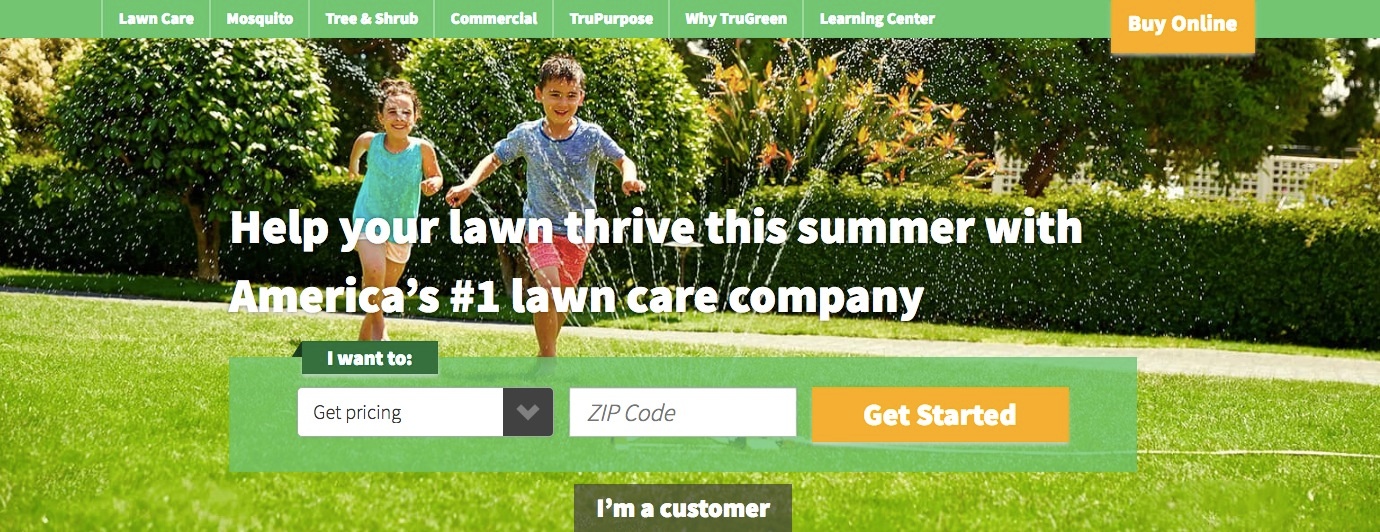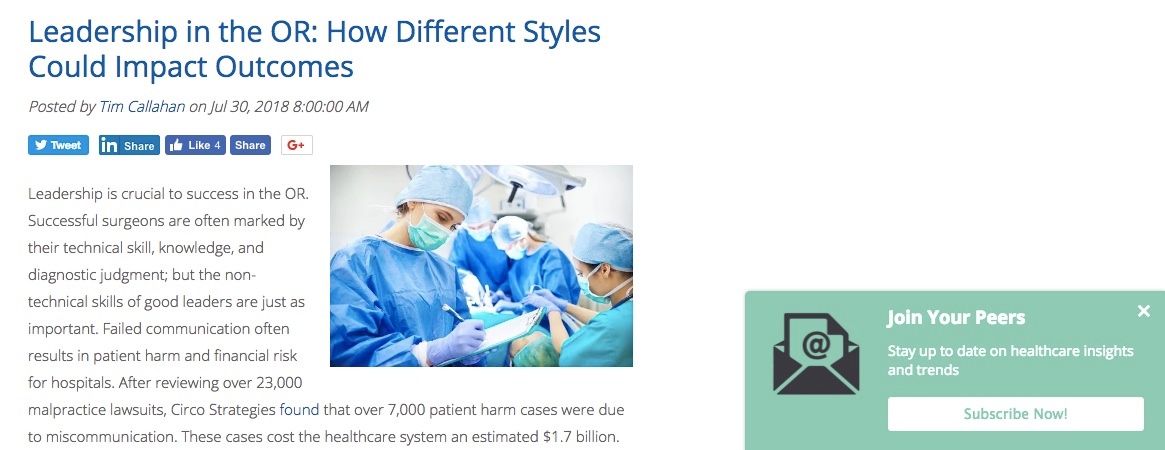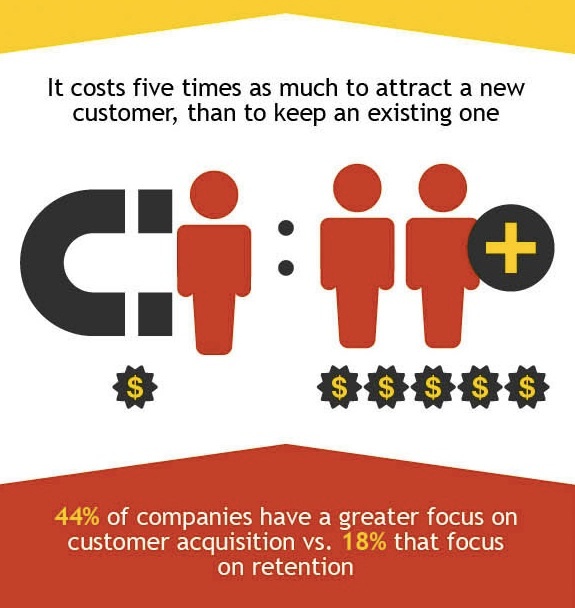
Digital Marketing ROI: The Results That Really Matter

You’ve been doing digital marketing for a while now, but when your boss asks how it’s going, you don’t have much to say.
“It’s...good.”
“Well, what does good look like?”
“Good question.”
You can point to a few metrics, of course. You know your website traffic has increased significantly. You’re getting a lot more engagement on social media. You’ve added a few hundred people to your database. That’s good news. But now what?
You want to go beyond vanity metrics and get to the heart of what really matters. What’s the real impact of all your efforts? What’s your digital marketing ROI?
If you’re struggling to answer this question, you’re not alone. To give you a better idea of what success looks like, here are some examples of the digital marketing results you can expect.
Digital Marketing ROI: What Results Can You Expect?
- More Relevant Website Traffic
- Higher Conversion Rates
- More Qualified Leads
- A Shorter Sales Cycle
- Lower Customer Acquisition Costs
- Better Customer Retention and Higher Customer Lifetime Value
1. More Relevant Website Traffic
Your website is the foundation of your digital marketing strategy. If you’re doing digital marketing right, you should see a steady increase in traffic. However, not all website traffic is equal.
Organic traffic — traffic driven by search results — is one of the best indications your website visitors have a legitimate interest.
About 70-80 percent of search engine users are only focused on organic search results, according to MarTech. (Tweet this stat)
Of course, paid search is most effective when people know what they want and they’re ready to buy, but until then, they’re going to be searching online. Direct traffic and traffic from email marketing is also important, but it’s an indication of visitors who are probably already familiar with your brand. At the top of the funnel, you want to attract more people who don’t know you but are searching for something you have to offer.
One medical manufacturer had been relying primarily on trade shows and direct marketing efforts to build relationships with the physicians who used its products. By shifting more of its resources to digital marketing—and driving relevant visitors to its website with quality content—the company experienced a 60 percent increase in website visits. But it wasn't just the increase in visitors that was exciting; it was an increase in the right visitors. Within a year of investing in digital marketing, the company experienced a 221 percent increase in sales qualified leads and a 1,100 percent increase in customers.
2. Higher Conversion Rates
Attracting visitors to your website is an essential first step. Unfortunately, many companies spend so much time and effort attracting new people only to let them slip away once they have their attention.
For every $92 spent acquiring customers, only $1 is spent converting them, according to Econsultancy. (Tweet this stat)
The way we think about conversions has changed in the past few years.
It used to be all about getting someone to fill out a form, whether they were downloading an eBook or requesting a demo. Then you tried to follow up with them within 24 hours. You exchanged several back-and-forth emails until you finally booked a meeting. Then they had a last-minute crisis and had to cancel. You emailed them several times and began to wonder what happened. Now, with chatbots, Google calendar integrations and other marketing automation tools, conversions happen more often in real time.
However, it’s still important to optimize for conversions in digital marketing. Here are a few recommendations:
- Use digital advertising to target potential visitors who are already searching for a solution with problem-based keywords
- To educate prospects who are still in the awareness stage, share long-form content that offers new information, whether it’s original research or a topic your competitors haven’t tackled yet
- Be selective about what you put behind a form—save it for your best resources or for people who are ready for a demo or a quote
- Update your calls to action to make them stronger and more compelling
- Be sure your landing page matches the call to action and clearly articulates the offer
- Keep forms as short and simple as possible—only collect the information you absolutely need
- Have a plan for retargeting people who visit your website but don’t convert
The way people browse websites has changed. They’re much more likely to view them from their mobile devices and a lot less likely to fill out forms. You can’t assume you have their attention just because they’ve landed on your website.
However, if you’re doing digital marketing right, you should have a steady stream of conversions flowing. One of our best conversion success stories came from helping a lawn care company take a more targeted approach to PPC and display advertising.

By targeting people by ZIP code and then by the lawn care problems they were researching (such as crabgrass and brown spots), the company experienced a nearly 19 percent conversion rate in just one month! (The industry average is around 3 percent.)
That led to 1,245 people requesting a quote in April alone!
3. More Qualified Leads
If you’re driving the right traffic and people are converting, you’re likely going to be attracting more qualified leads. But how do you know?
It starts by defining what a qualified lead looks like.
Lead scoring can help you determine how likely a prospect is to buy, based on demographics and behavior (including how often they engage with your website and what pages they’re visiting.)
If you’re creating resources relevant to the people who are most likely to buy —and making it easy for them to find those resources through SEO, demand generation and other channels — you should see an increase in qualified leads.
This is an important result we monitor and discuss with all of our clients, particularly in the first few months. We want to make sure the leads coming in reflect our client’s ideal buyers. And when digital marketing is going well, an increase in quality leads is one of the most exciting results.

Consider what happened in the first six months of launching a new blog for cardiothoracic surgeons. Within that time, the company attracted 464 new leads, 97 of which were marketing qualified leads.
4. A Shorter Sales Cycle
When you’re selling an expensive piece of equipment or a long-term service, the sales cycle can take a year or more. People need time to research their options, and they’re often involving others in the decision.
The average B2B sale involves 7-12 decision-makers, according to Terminus’ 2017 State of ABM Survey. (Tweet this stat)
However, if they can find answers to their questions, they’re more likely to make a decision faster.
When Kuno started working with a continuing care retirement community (an at-home alternative to nursing homes or retirement facilities), a typical sales cycle was more than four years.
We used social networks including Facebook to attract prospects who needed to learn more about their retirement options. We also used targeted advertising and emails to nurture them once they showed interest by clicking on these resources.
The impact on the sales cycle was significant. Thanks largely to our digital marketing efforts, the sales cycle decreased by 42 months for half of new sales!
5. Lower Customer Acquisition Costs
One obvious benefit of a shorter sales cycle is lower customer acquisition costs (CAC). For this continuing care retirement community, a shorter sales cycle reduced CAC by 24 percent even as its services expanded to three new locations.
A few ways to reduce customer acquisition costs:
- Create targeted, educational content that’s optimized for search and each stage of the buyer journey
- Use social media (including boosted posts and paid ads) to promote it
- Manage PPC ads carefully, keeping an eye on the cost per conversion
- Ask prospects what would compel them to sign up for a free trial (and make it easy for them to do so)
When you’re spending less time and money acquiring new customers, you’ll be able to invest more of your budget into improving your products and services and building stronger relationships with existing customers.
6. Better Customer Retention and Higher Customer Lifetime Value
Speaking of your existing customers, it’s far more cost-effective to keep them than to attract new ones.
On average, it costs five times as much to acquire one new customer as it does to retain an existing one, according to research by Invesp. (Tweet this stat)
It’s also easier to sell to people who already know you. The odds of closing a deal with an existing customer is 60-70 percent, compared to 5-20 percent with a new prospect, Invesp’s research shows.
 (Source: Invesp infographic)
(Source: Invesp infographic)
Yet many companies take their best customers for granted by focusing the majority of their time and effort on acquiring new ones.
Digital marketing isn’t only about attracting new customers. It can also be a cost-effective way to strengthen customer relationships and increase upsells.
You can tailor email campaigns to re-engage current customers by offering them something enticing, like an exclusive offer or an invitation to attend an annual event. And when you’re launching a new product or service, you’ll want to make sure they’re the first to know. Offer a sneak preview or the opportunity to test a new software feature before rolling it out to everyone. Think about how you can improve your customers’ experiences by doing something they’ll remember.
You can measure success by looking at new demo requests and upsells among current customers. Having a separate campaign just for them not only gives them a more targeted offer; it will also make it easier to track results.
Leveling Up Your Digital Marketing Strategy
When you’re new to digital marketing, it’s tempting to focus on the most immediately visible results—such as total website traffic, social media engagement metrics and blog views. These are exciting to see (and usually an early indication things are going well), but to show true digital marketing ROI, you’ll need to dig a little deeper.
If you want to experience results that mirror the case studies we’ve shared, you need a digital marketing strategy that’s based on the right goals. If your greatest challenge is attracting qualified leads to your website, you probably need to update your SEO strategy and evaluate what you’re doing to increase awareness early in the sales cycle.
If you already have a website that’s optimized for search and a solid content marketing plan but you’re falling short of your sales goals month after month, it’s time to take a closer look at what you can do to boost conversions.
And even if you have a steady stream of new customers coming in, there’s always an opportunity to improve relationships with your best customers. The Kuno Creative team has helped companies achieve results in all these areas. To learn more about how we can help you, request a consultation with us.



